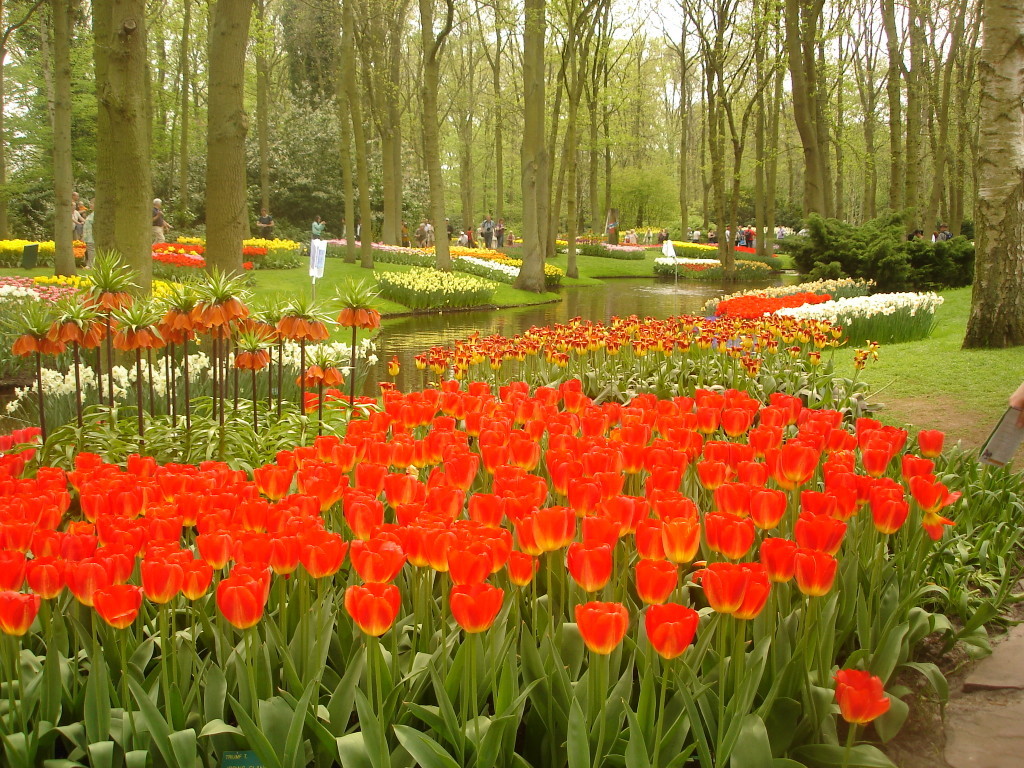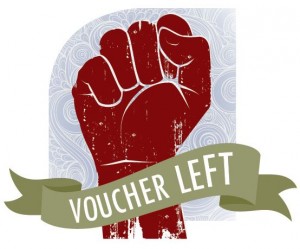
This is the latest post in our series on the center-left roots of school choice.
By common definitions, the Netherlands is a very liberal place. Prostitution is legal. Euthanasia is legal. Gay marriage is legal; in fact, the Netherlands was the first country to make it so. Marijuana is not legal, technically, but from what I hear a lot of folks are red-eyed in Dutch coffee shops, saying puff-puff-pass without looking over their shoulders.
Given the rep, it might surprise school choice critics, who tend to consider themselves left of center, and who tend to view school choice as not, that the Netherlands has one of the most robust systems of government-funded private school choice on the planet. Next year the system will reach the century mark, with nearly 70 percent of Dutch students attending private schools (and usually faith-based schools) on the public dime.
By just about any measure, the Netherlands is a progressive’s paradise. According to the Social Progress Index, it was the ninth most progressive nation in 2015, down from No. 4 in 2014. (The U.S. was No. 16 both years.) On the SPI, it ranked No. 1 in tolerance for homosexuals, and No. 2 in press freedom. On another index, the Netherlands is No. 1 in gender equality. (The U.S. is No. 42.) It’s also among the world leaders in labor union membership (No. 19 in 2012, with 17.7 percent, eight spots ahead of the U.S.). And by some accounts, Amsterdam, the capital, is the most eco-friendly city in Europe.
Somehow, this country that makes Vermont look as red as Alabama is ok with full, equal government funding for public and private schools. It’s been that way been since a constitutional change in 1917. According to education researcher Charles Glenn, the Dutch education system includes government-funded schools that represent 17 different religious types, including Catholic, Protestant, Jewish, Muslim, Hindu and Rosicrucian, and hundreds that align to alternative bents like Montessori and Waldorf.
Glenn, an occasional contributor to redefinED, has written the book on the subject. He calls the Netherlands system “distinctively pluralistic.”
The Netherlands’ tradition of pluralism dates back hundreds of years. After the Dutch won their independence in 1609, Amsterdam became the commercial capital of Europe. It served as a hub for trade and finance, a cultural center that produced the likes of Rembrandt, and a refuge for migrants from across the continent, many of whom came fleeing religious persecution.
By the late nineteenth century, however, the country’s diverse religious factions, including Catholics, different Protestant sects, and various secular groups had created their own cultural silos, or “pillars.” Each had its own churches, its own schools, and its own social clubs. Some wanted public schools to be faith-based. Some wanted them to be “neutral.” Some wanted them to reflect one faith more than another.
The 1917 constitutional change was part of a broader reconciliation in Dutch politics called “The Pacification.” It followed decades of strife over schooling. No remedy worked until different factions agreed to let the parents decide, and let the money follow the child.
The system continues to have its tensions and tradeoffs. Some liberals still wonder if “common schools” would be better at unifying a country that grows ever more diverse. The influx of Muslim immigrants gives people pause, even as older divisions between religious factions fade. The Dutch way also includes far more regulation than some choice stalwarts in the U.S. would be comfortable with.
I don’t know enough to have a good opinion. But Glenn does, and he concludes most parents and the general public in the Netherlands are satisfied with their schools. Ed policy expert Mike McShane also points out the Dutch system produces some of the world’s best academic outcomes (Top 10 internationally in math, science and reading), at less cost per-pupil than the U.S. That should count for something.
For my skeptical liberal friends, I’d like to note that even the socialists are on board. Even before the 1917 constitutional change, the Socialist Party in the Netherlands was backing full public funding for private and faith-based schools. Why? Because, according to a resolution it adopted in 1902:
“Social democracy must not interfere with the unity of the working class against believing and nonbelieving capitalists in the social sphere for the sake of theological differences … “
There you have it: Fight the man. Not school choice.



BOOOOOOOOM!
Thank you!